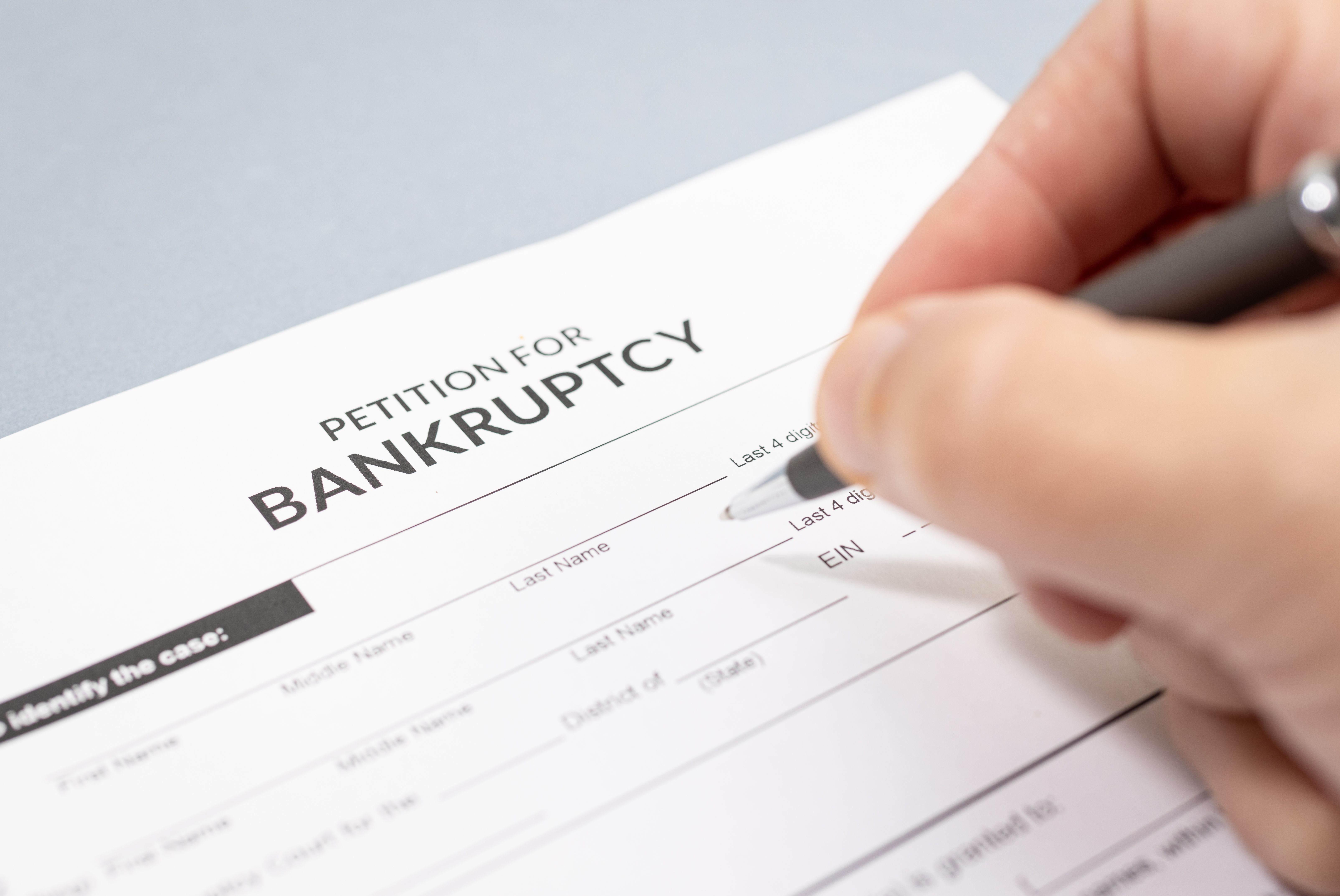
Filing for bankruptcy involves a multitude of moving parts, especially if you choose not to hire a bankruptcy attorney. With all of those parts, things can easily be forgotten or looked over, causing your filing to be delayed or thrown out. One part of what should be on your bankruptcy checklist to avoid any added headache is proper documentation. If you’re considering filing, you may be asking yourself, “What documents do I need to file bankruptcy?” From proof of income documents to an assets statement, there’s a lot to gather and include. Keep reading to learn what you need for Chapter 7 and Chapter 13 bankruptcy filings.
Along with your official petition for bankruptcy, filed as an individual or non-individual, there are a lot of documents to fill out and submit. Initially, you file the petition for bankruptcy and a Creditor Matrix. There are extra optional forms in the case of your debtor being an individual or if you need your filing fee waived. The Creditor Matrix form lays out your creditors’ names and mailing addresses so they can be given notice and claim information. A statement of your social security numbers, a disclosure of compensation, and a bankruptcy petition preparer’s notice are also needed.
The following forms can be included in the initial filing or must be submitted within 14 days of filing. An exhaustive summary of your assets and liabilities, or asset statement, a list of your properties and any that you claim as exempt, a list of creditors with unsecured claims and a list of creditors with claims secured via property, a list of executory contracts and unexpired leases, and a list of codebtors are also needed. Additionally, a statement of the debtor’s financial affairs, proof of income or monthly income statement documents, as well as a statement of your expenses are required. At this point, the Creditor Matrix must be verified and a means test calculation must be completed. If you choose to have a bankruptcy attorney, a form disclosing their compensation also needs to be submitted.
At least seven days prior to your first §341 Meeting of Creditors, your income tax return documents must be filed. Also by this meeting, or within 30 days of your petition, whichever is sooner, you must submit the Statement of Intention for filing under Chapter 7.
A lot can get lost in transition with the sheer amount of paperwork required for Chapter 7 bankruptcy, especially with the varying strict deadlines. As a reference, the bankruptcy courts for the District of Nevada have listed and attached the necessary bankruptcy documents here.
If you’re filing without a Chapter 13 bankruptcy attorney, you’ll need to keep track of the documents and due dates yourself. Similarly to Chapter 7 bankruptcy, the petition for bankruptcy, Creditors Matrix, social security numbers statement, disclosure of compensation, and bankruptcy petition preparer’s notice are due at the time of filing.
With your voluntary petition or within 14 days of filing, the following forms must be submitted:
After those have been filed, you must file your income tax return documents, due seven days before your first date set for the §341 Meeting of Creditors.
Between Chapter 7 and Chapter 13 bankruptcy petitions, there is a lot of overlap in the documents needed. However, with the exhaustive list of required documentation, it may be valuable to hire a bankruptcy attorney or someone to help you streamline the process. An attorney can answer your questions, help you verify forms, and ensure nothing is missing that could lead to your case being dismissed.
Consider requesting a consultation or calling The Law Office of Corey Beck in Las Vegas at (702)678-1999 to find your best path forward with a bankruptcy attorney near you.
